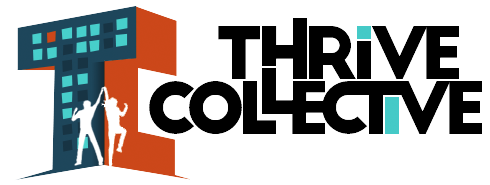Why Hip Hop Education?
Hip Hop Provides a Voice, Name, Movement, Community, and Knowledge.
That’s why we teach it.
In this video, Thrive Collective’s hip hop director Randy Mason reminds us that the five elements of hip hop provide us a voice (emcees), a name (graffiti), a movement (b-boys), and a community (DJ-driven house and block parties) wrapped up in knowledge (that can set us free).
With the birth of hip hop, New York’s young people changed the world.
They can do it again.
New York was already one of the world’s great centers for arts and music when its children transformed world culture with the birth of Hip Hop in the 1970s. While deadbeat landlords torched vulnerable neighborhoods to cash in on insurance and cash out on the poor, the young people who lived in them changed the world.
They repurposed emerging technologies like turntables and spray cans; reimagined uses for desolate properties and discarded cardboard; and remixed expressions of hope and opportunity. The results of that ingenuity: the multidimensional elements of Hip Hop that encompassed spoken word, visual arts, dance, musical composition, and knowledge, and built on a communal tradition of resistance to adversity. Almost half a century later, popular music, fashion, sports, retail, advertising, theater and more have been touched by Hip Hop’s enduring and transformative impact on culture.
That’s right. Hip Hop was not the byproduct of well-intentioned philanthropists, best practice think tanks, highbrow gallerists and auctioneers, ivory tower academicians, political power brokers, or Wall Street financiers. It was born of young people, nourished in struggle, and cultivated in communities otherwise removed from privilege.


Leave a Reply